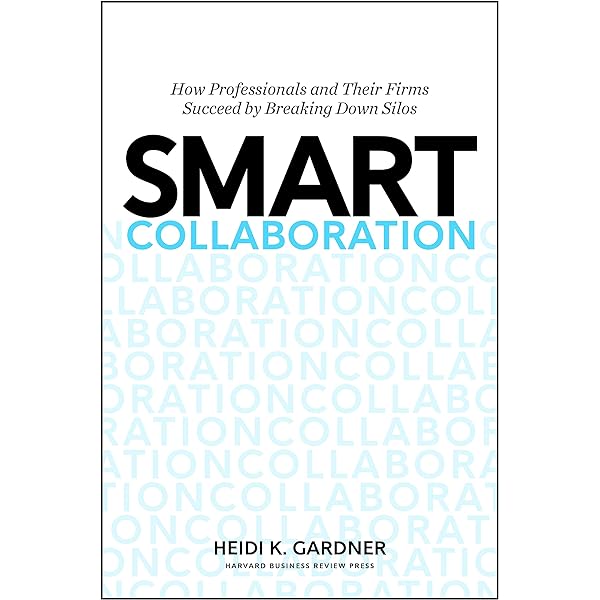Collaborate to innovate – Page 2 of 2 – StartupSmart
It has also started to run sponsorship on its website, in exchange for goods donated to the space.
One of the first members of the space was Peter Bradd, founder of postcard printing service ScribblePics, which has evolved by drawing on the knowledge of his peers.
“There’s a lot of people in the room that know a lot more about things then I do and I’ve acquired a heap of knowledge which I can keep providing, and vice-versa,” he says.
“We’re a software development company, which I didn’t think when we were when we first started,” he said.
“I thought we were a marketing company, providing a marketing service but now I’ve had to teach myself how to make software.”
Being around other early stage businesses also provides a way for entrepreneurs to measure their progress, which is otherwise impossible if they were working from home.
“Sometimes if you’re sitting at home you can feel a bit silly and don’t know if you’re doing the right thing,” Bradd says.
“But sitting with a bunch of other entrepreneurs, you don’t feel so silly anymore. You’re just part of the crowd.”
Variations on the theme
Different groups have already started to iterate on the co-working concept, exploring the potential to achieve commercial and social outcomes.
An interesting experiment is from digital media not-for-profit ICE, which has recently embraced co-working as a way to provide a pathway for western Sydney migrants and residents to earn a career in the creative industries.
Fifteen entrepreneurs were handpicked to populate the space – including game developers, graphic designers, architects and artists – who not only are housed for free but also can access a range of services such as mentoring, training, business development, marketing and working one-on-one.
ICE creative enterprise manager Indu Balachandran said the goal is to create a hub of artistic activity in the western suburb of Parramatta which competes with the likes of the inner-city creative haven of Surry Hills.
“The hub emerged because we found a group of people want to make film and music their livelihood but would struggle to go from wanting it to doing it sustainable,” Balachandran says.
There are access issues in Western Sydney because much of activity occurs in the city.”
“At ICE we all come from a particular social experience, and the shape of the enterprise and practice is very heavily influenced by the journey traversed so far,” she says.
“We’re putting it all together and encouraging individuals and hopefully Australia will see a new type of creative entrepreneur.”
Investing in co-working
Another experiment is leveraging the commercial potential of co-working, where VC firm Adventure Capital will soon launch the York Butter Factory space in Melbourne, which will recruit start-ups that are good investment prospects.
Prices range from $100 for a hot-desk access up to $600 for a permanent desk and co-founder Stuart Richardson says the co-working is not a profit driver but rather a way to activate the space and connect like-minded people.
It will target digital media and web 2.0 businesses but will tap into the best businesses by applying an incubator/seed accelerator investment model (similar to YCombinator).
“The incubator is an opportunity to access high-quality deal flow which has a higher potential of success when provided with active support and the ability to trial their offerings and pivot rapidly,” Richardson says.
“This is tapping into the energy the co-working space brings and the inspiration, talent and capability each of the individuals in the space brings.
“That will be aggregated to really provide opportunities to go through the venture accelerator program.”
Playing catch-up
These co-working experiments are different examples of how the concept can be leveraged as a way to boost the local start-up ecosystem, when combined with grants-funding, sponsorship and venture-backed investment.
There is a consensus among participants that it is helping to bridge the entrepreneur divide between Australia and Silicon Valley.
“In Silicon Valley there is a density of activity that occurs within a very small space,” Richardson says. “It is access to that eco system which enables entrepreneurs to advance ideas quickly, share and resolve challenges.
“It provides a streamlined pathway before them to connect with the right support at the right time to take businesses forward.”
“Co-working is a microcosm of that activity.”

